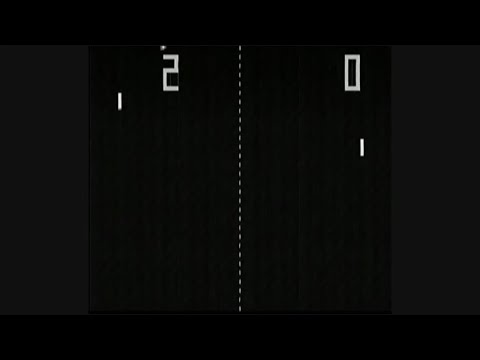Pong will always hold a special place in the history of gaming as one of the earliest arcade video games. Introduced in 1972, it was a table tennis game featuring very simple graphics and gameplay. In fact, it's simple enough that even non-living materials known as hydrogels can "learn" to play the game by "remembering" previous patterns of electrical stimulation, according to a new paper published in the journal Cell Reports Physical Science.
"Our research shows that even very simple materials can exhibit complex, adaptive behaviors typically associated with living systems or sophisticated AI," said co-author Yoshikatsu Hayashi, a biomedical engineer at the University of Reading in the UK. "This opens up exciting possibilities for developing new types of 'smart' materials that can learn and adapt to their environment."
Hydrogels are soft, flexible biphasic materials that swell but do not dissolve in water. So a hydrogel may contain a large amount of water but still maintain its shape, making it useful for a wide range of applications. Perhaps the best-known use is soft contact lenses, but various kinds of hydrogels are also used in breast implants, disposable diapers, EEG and ECG medical electrodes, glucose biosensors, encapsulating quantum dots, solar-powered water purification, cell cultures, tissue engineering scaffolds, water gel explosives, actuators for soft robotics, supersonic shock-absorbing materials, and sustained-release drug delivery systems, among other uses.
Read 9 remaining paragraphs | Comments
Ars Technica - All contentContinue reading/original-link]




